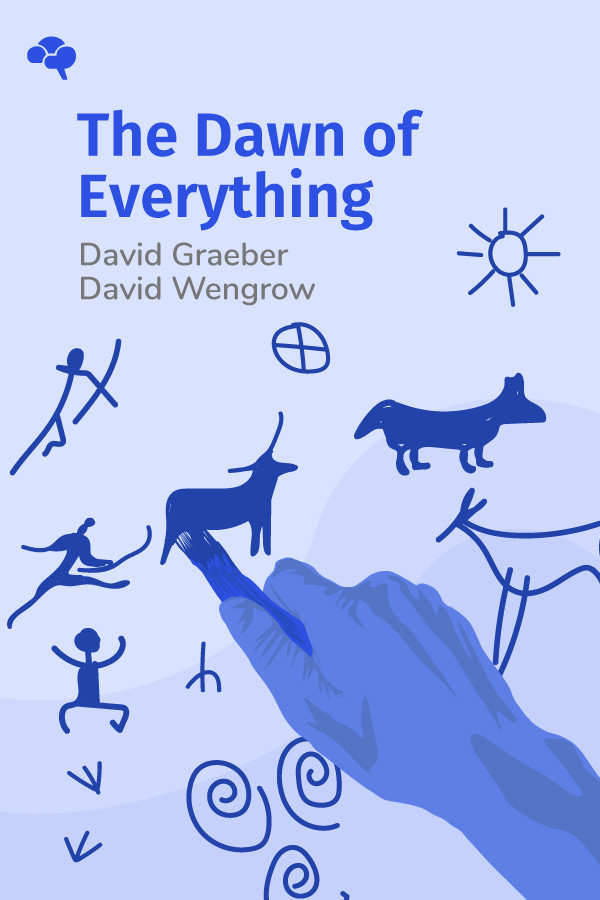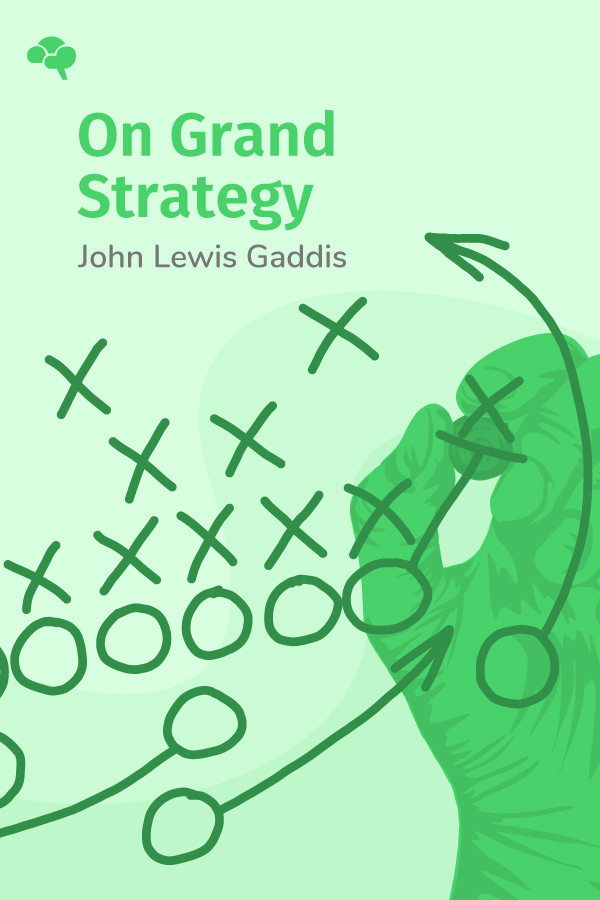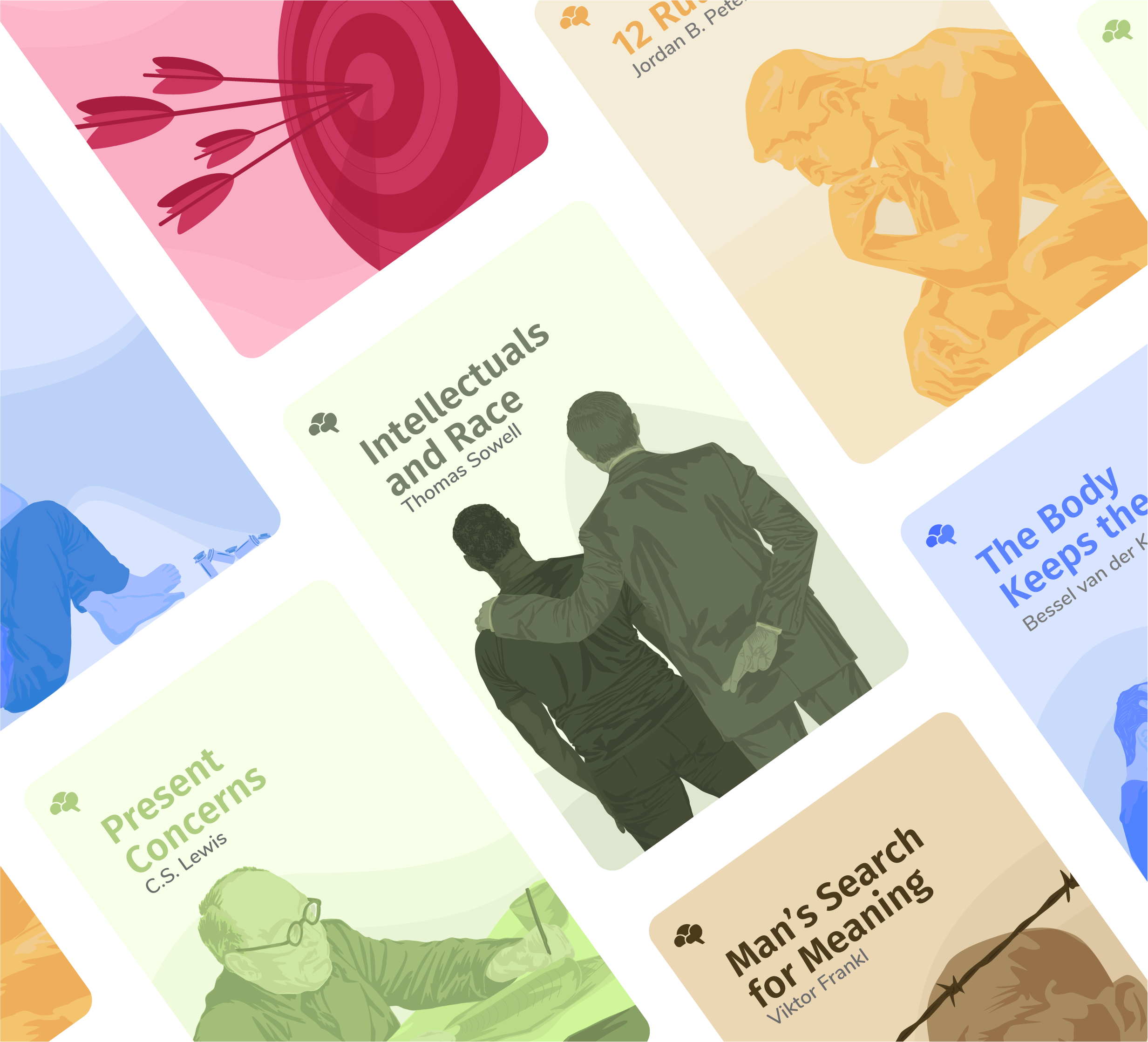Key Insights From:
The Black Book of Communism: Crimes, Terror, Repression
By Stéphane Courtois, Jean-Louis Panné, Andrzej Paczkowski, Karel Bartošek, Jean-Louis Margolin, Nicolas Werth
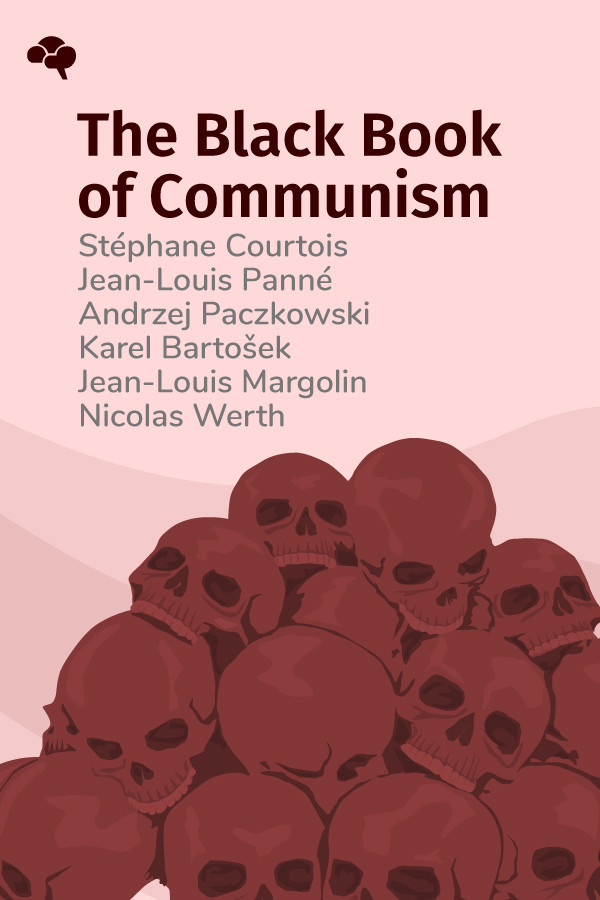
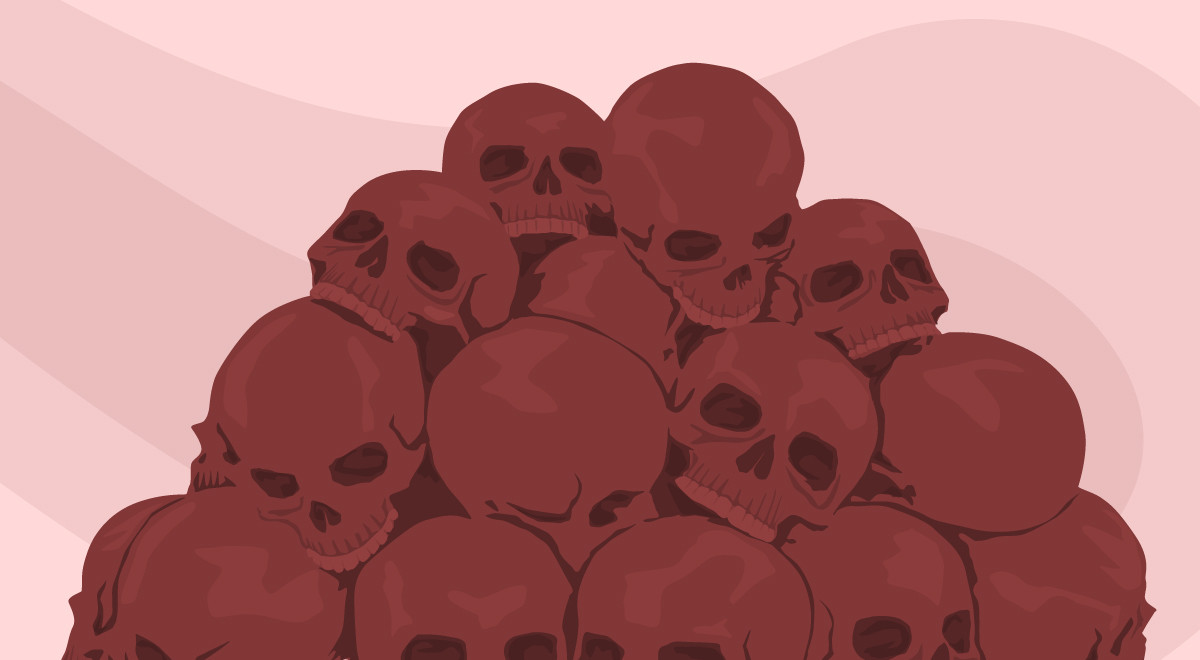
Key Insights From:
The Black Book of Communism: Crimes, Terror, Repression
By Stéphane Courtois, Jean-Louis Panné, Andrzej Paczkowski, Karel Bartošek, Jean-Louis Margolin, Nicolas Werth
What You'll Learn:
During the twentieth century, an estimated 25 million people died under Soviet rule. Under Communist Chinese rule, the death toll was even higher—perhaps 65 million dead. This international bestseller (published in 1999) was the historic first attempt by a group of scholars (many of them former Communists) to compile a history of Communism’s crimes and terrors during the twentieth century, based on freshly released archives from the Soviet bloc. It was also an attempt to dignify the millions whose deaths have, until recently, remained state secrets.
Key Insights:
- It’s important to distinguish between Communism as a philosophy and Communism as policy.
- Communism’s history is full of genocide—even if the groupings were usually social rather than ethnic.
- Russia’s culture and history of violence bled into the DNA of Communism that replicates all over the world.
- The world has failed to denounce Communism’s crimes and terror as roundly as it denounced Nazism’s.


